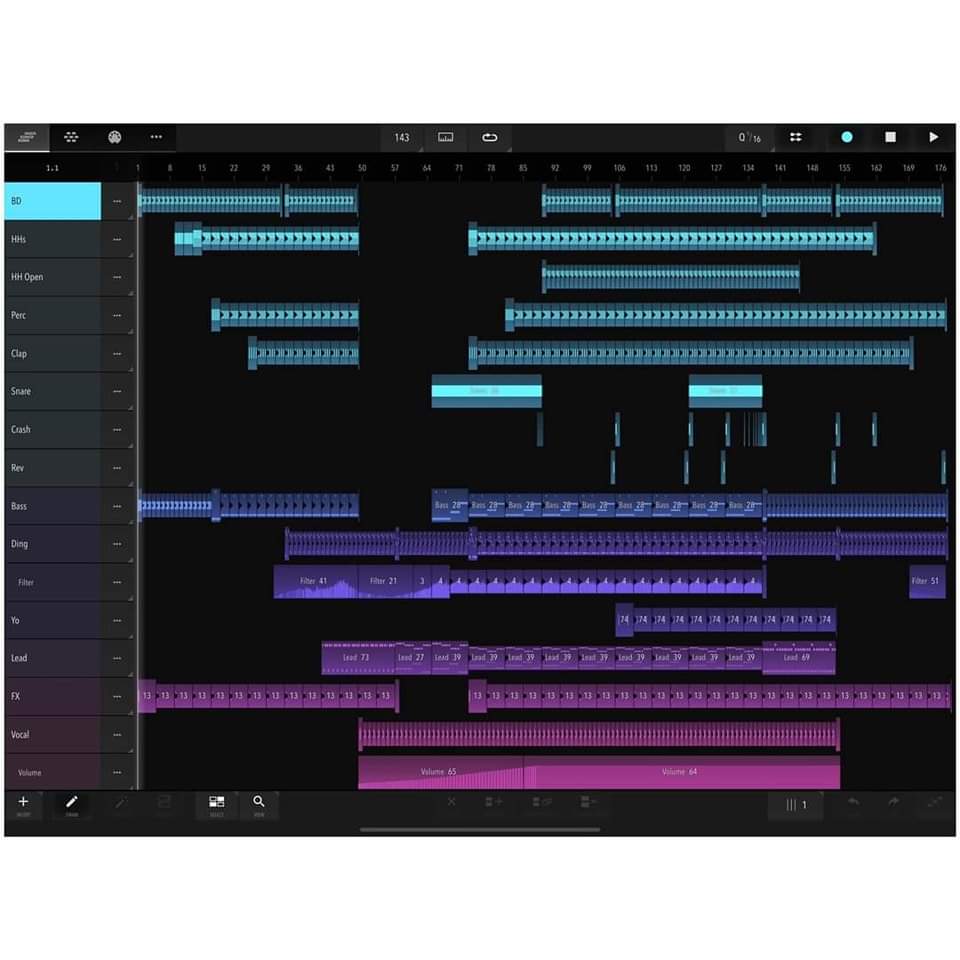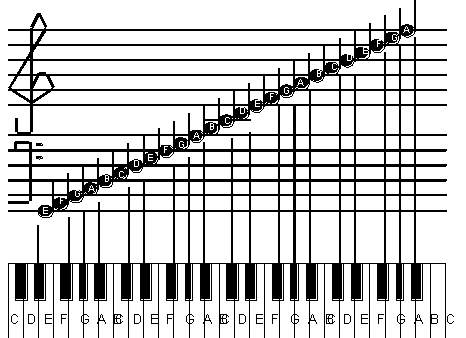
The most important MIDI messages are the note-on and the note-off commands, which correspond to the start and the end of a note, respectively.
#Midi note number software
Further information (called meta messages) is relevant to software that processes MIDI files. A MIDI file contains a list of MIDI messages together with timestamps, which are required to determine the timing of the messages. The SMF file format allows users to exchange MIDI data regardless of the computer operating system and has provided a basis for an efficient internet-wide distribution of music data, including numerous websites devoted to the sale and exchange of music. In the following, we denote SMF files simply as MIDI files The original MIDI standard was later augmented to include the Standard MIDI File (SMF) specification, which describes how MIDI data should be stored on a computer. It is an important fact that MIDI does not represent musical sound directly, but only represents performance information encoding the instructions about how an instrument has been played or how music is to be produced. These MIDI messages may be automatically generated by some other electronic instrument or may be provided by a computer. Instead of physically pushing and releasing the piano key, the musician may also trigger the instrument to produce the same sound by transmitting suitable MIDI messages, which encode the note-on, the velocity, the note-off, and other information.

The intensity of the sound is controlled by the velocity of the keystroke. As an example, let us consider a digital piano, where a musician pushes down a key of the piano keyboard to start a sound.

MIDI allows a musician to remotely and automatically control an electronic instrument or a digital synthesizer in real time. It was the advent of MIDI in 1981–1983 that caused a rapid growth of the electronic musical instrument market. You should also use Exceptions instead of returning -1 this way you can differentiate between a malformatted string ("abbc123") and a value out of range ("B#9").įinally, If I remember correctly, there is an offset in MIDI pitch (like C0 isn't 0 but 12).MIDI (Musical Instrument Digital Interface) was originally developed as an industry standard to get digital electronic musical instruments from different manufacturers to work and play together. You could create a Map (like "C" is mapped to 0, "D" to 2, etc.) or use an enumeration. Depending on your input format this doesn't work since Cb is a valid note but there is no array index -1. However, using the array index as a mapping isn't the best approach in my opinion. Return Character.getNumericValue(oct) * 12 + i + accidental // !! read the documentation of Character#getNumericValue !! Return -1 // you should really use Exceptions instead Int accidental = 0 // initialize with default value 0 (i.e. So with the least modification of your code: You can handle the accidentals separately. Is there a way to do this without tearing my method apart?

However, I would also like to be able to use convertToPitch() with the alternate note value (Db becomes C#, etc.) for each note with an alternate name. Return Character.getNumericValue(oct) * 12 + i Īnd it works just great. Find the corresponding note in the array. Otherwise, it must be a two-char note. If the length is two, then grab the symbol and number. Public static int convertToPitch(String note)

I have written the following method to convert notes (with the octave appended to the end) to the corresponding MIDI pitch: // Converts a note string (MUST HAVE OCTAVE) to an integer pitch.


 0 kommentar(er)
0 kommentar(er)
